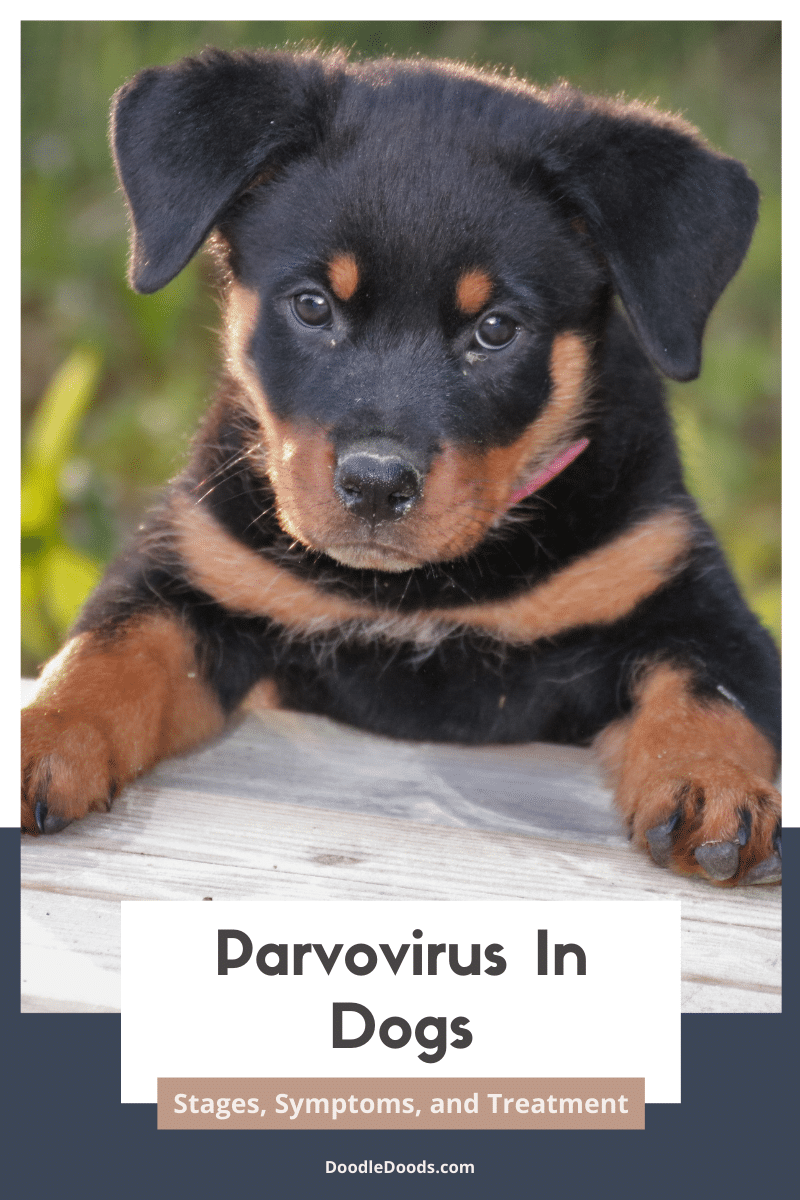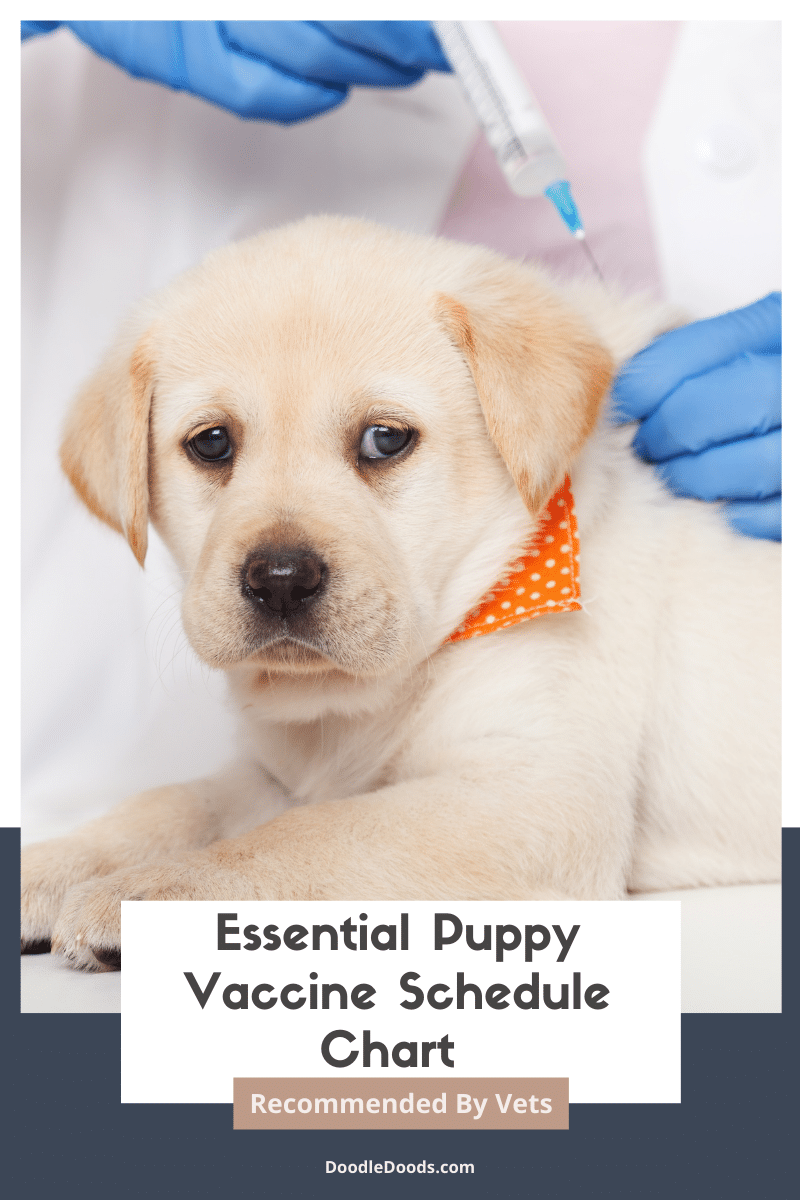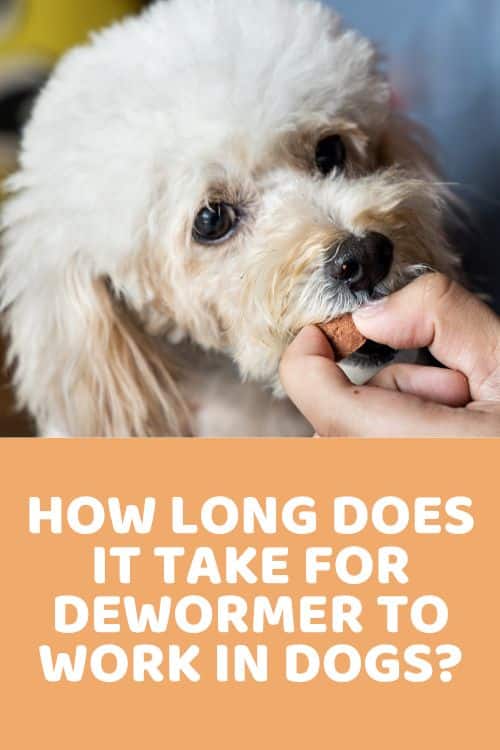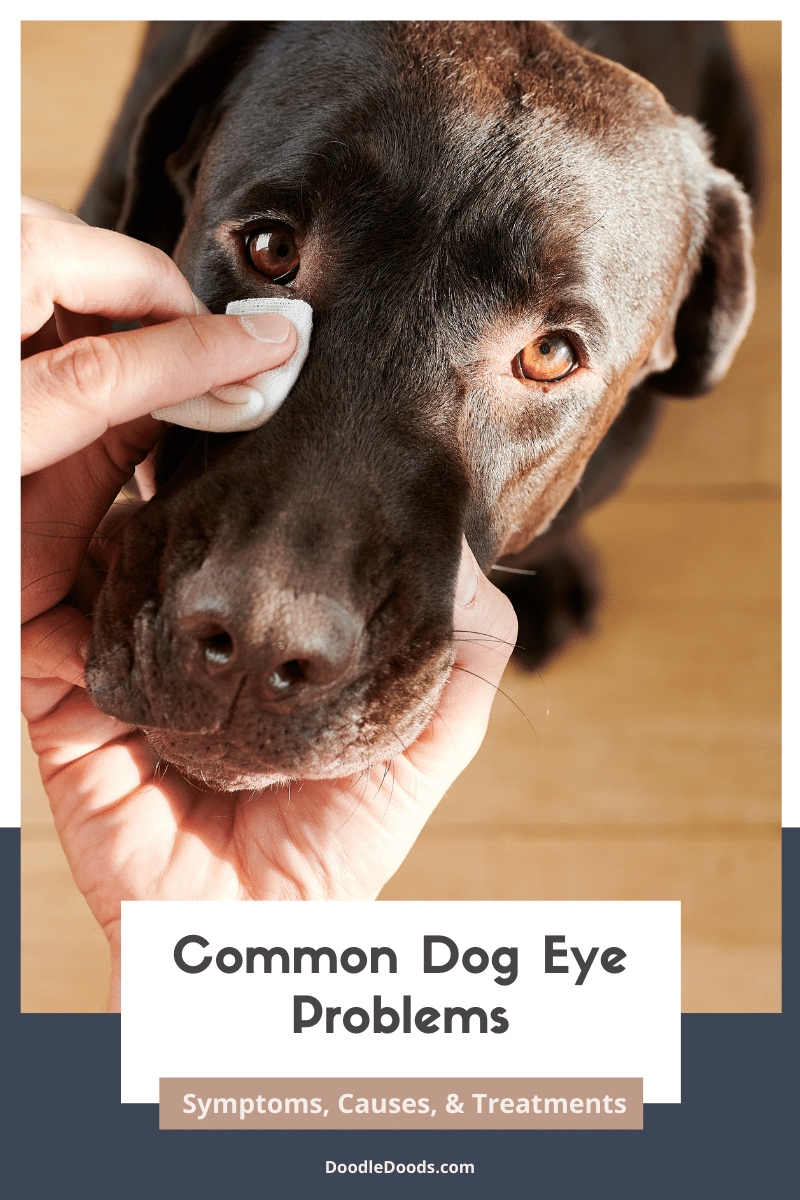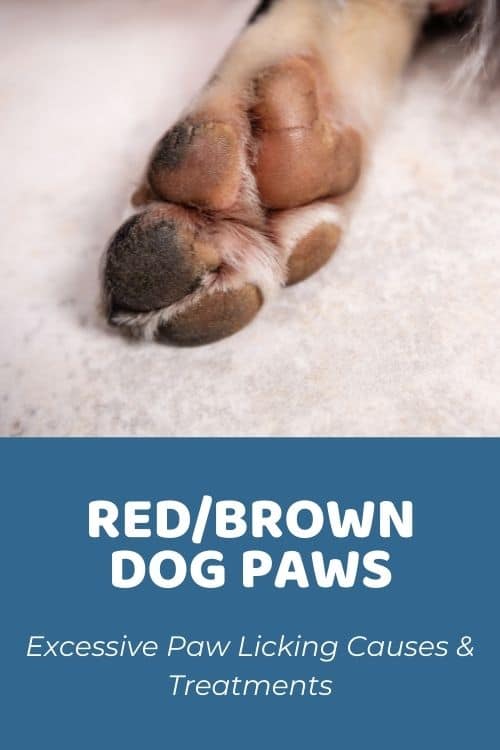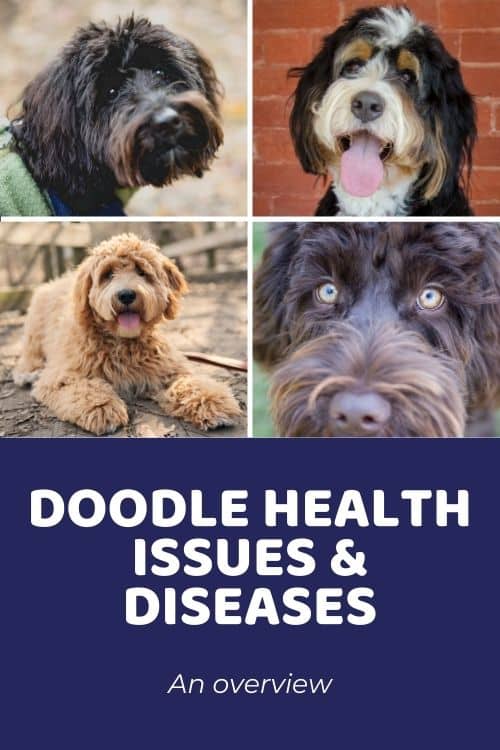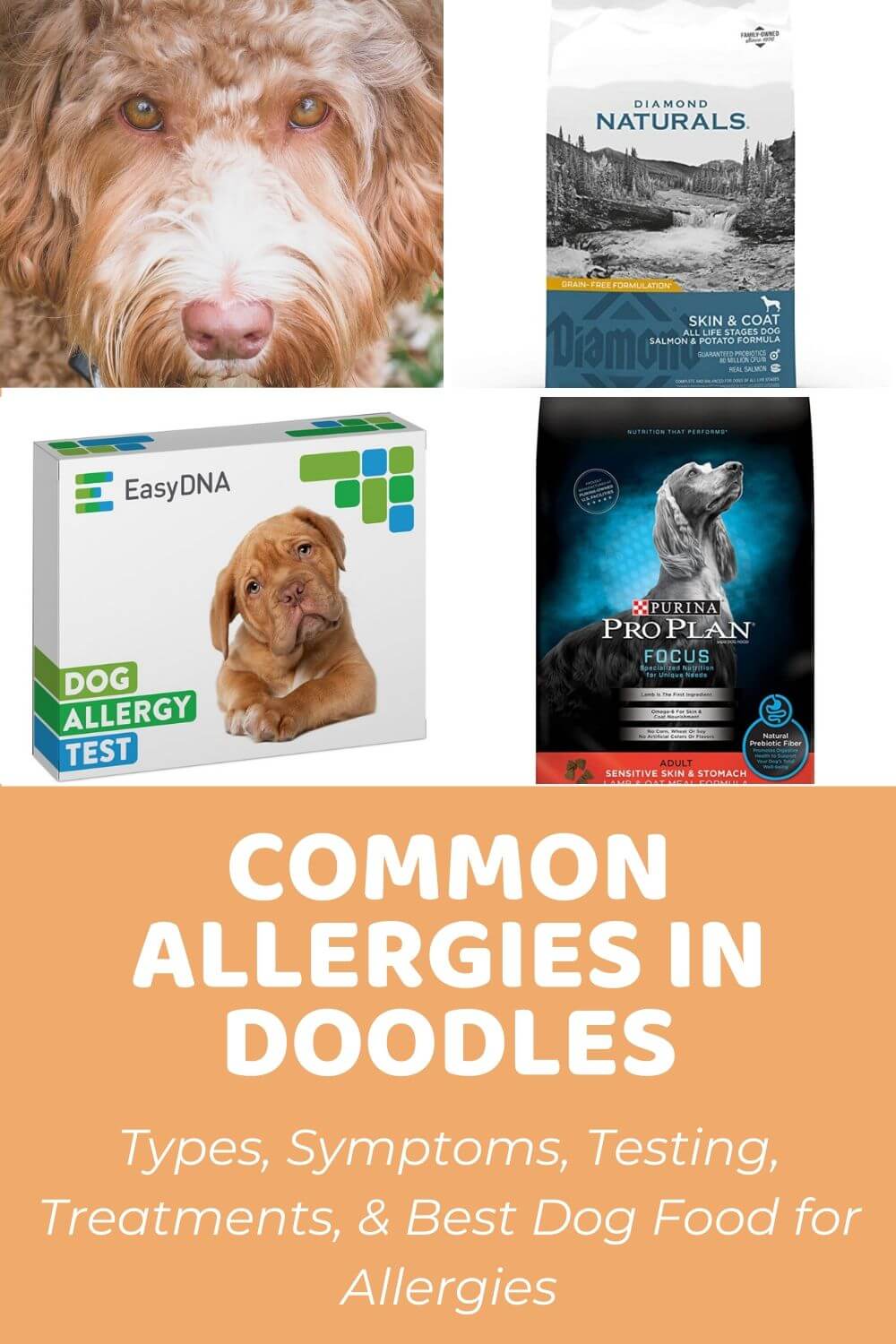Parvo is a highly infectious illness that most commonly affects puppies and unvaccinated dogs. It spreads very easily and may cause severe gastrointestinal complications, which can be fatal for your dog if left untreated.
Table of Contents
- What is Parvo?
- Symptoms of Parvo in Dogs
- Stages Of Parvovirus In Dogs
- Treatment of Parvo in Dogs
- Get Your Pup Vaccinated Against Parvo
- Parvo In Dogs: FAQ
- Parvo In Dogs Conclusion
What is Parvo?
Parvo in dogs, also known as canine parvovirus (CPV), is a highly contagious virus that spreads by direct dog-to-dog contact or indirect contact through contaminated feces, people, objects, or surfaces. This makes kennels and dog shelters the perfect breeding ground for this dangerous illness.
Canine parvovirus can be revealed in two forms: intestinal and cardiac. Most commonly, parvo affects the gastrointestinal tract, which can lead to severe symptoms and complications. The cardiac form is less common, but often leads to death as it attacks the heart muscles of young puppies.
Make no mistake, both forms of parvo in dogs can be fatal. The mortality rate of untreated parvovirus is around 90%.
Puppies and unvaccinated (or incompletely vaccinated) dogs are at the highest risk of catching parvo. Parvo in puppies is especially dangerous from 6 weeks to 6 months of age.
Newborn puppies can have their mother’s antibodies in their system for up to 6 weeks of age. To prevent your puppy from contracting parvo, regular vaccinations and immunity booster shots are crucial throughout their lives.
Furthermore, parvovirus can spread very easily. It is extremely resistant to heat, cold, and humidity. Moreover, parvovirus can also affect other animals and pets, including cats.
Symptoms of Parvo in Dogs
Keep in mind that after your dog has been infected, you might not notice any signs. It can take 3-7 days before they start showing the symptoms. (Source)
The most common first signs of parvo are:
- Lethargy or depression
- Loss of appetite / anorexia
The next symptoms include:
- Vomiting (may contain blood)
- Severe diarrhea (may contain blood)
The following stage can show symptoms like:
- Fever or hypothermia
- Severe weight loss
- Weakness
- Pain in the abdominal area
- Rapid heartbeat
All of these symptoms will affect your dog’s ability to absorb essential nutrients. Your dog will become severely dehydrated. In addition, the virus will attack their immune systems. This can cause them severe weakness, increased heart rate and even seizures. (Source)
Stages Of Parvovirus In Dogs
As Parvovirus is a viral infection, it progresses in stages. For this reason, it’s important that you’re able to catch any unusual and worrying signs and symptoms early on. This will greatly affect your pup’s ability to receive proper treatment and recover from the illness.
Infection
The moment your pup comes in contact with parvovirus, they can get infected with the viral infection. As mentioned earlier, dogs can be exposed to parvo through contact with other dogs, or if they’ve come in contact with contaminated feces, various objects, surfaces (including ground), and even their mother dog. For instance, if a dog is sniffing an infected pup’s butt, they can get infected with parvo.
Incubation
After a dog has been exposed to parvo, an incubation period will follow. This is the stage where a dog has been infected, but they aren’t showing any signs of the infection just yet. The incubation stage can last anywhere from three to seven days.
What happens during this stage is that the virus locates the areas that divide the cells in the body most rapidly, and starts attacking them. This gives the virus a better chance at surviving in the body and to multiply. The virus usually targets lymph nodes first and after succeeding, it will spread to the bloodstream, from where it will start attacking other areas of the body. The most seriously affected areas are bone marrow, and the gastrointestinal system.
Puppies are even more vulnerable to parvovirus, as this infection can also attack the heart and cause various heart conditions.
Illness
Once parvovirus has managed to get to the bone marrow, a dog’s immune system will become severely compromised. That’s because bone marrow produces red blood cells, white blood cells, and platelets. All of these play an integral role in a dog’s immune system, and therefore keeping a dog healthy and helping to fight off diseases.
Once the bone marrow has been compromised, a dog’s body will have a difficult time protecting itself from the virus. Then the virus will start to spread into the gastrointestinal system, targeting the small intestine where it will do the most damage, such as preventing nutritent absorption from food and preventing fluid loss.
At this stage, parvovirus symptoms will usually become apparent, as the virus isn’t in the incubation stage any longer. The dehydration from diarrhea and vomiting can be extremely dangerous for both adult dogs and puppies, so noticing the symptoms early on is vital.
Treatment of Parvo in Dogs
So, how can you treat parvo? Can your dog survive parvo? The short answer is yes. However, if you notice any of these symptoms, you should immediately take your dog to the vet.
If the symptoms of canine parvovirus are left untreated, death can occur in 58 to 72 hours.
After the diagnosis, your veterinary professional can determine the proper treatment for your dog. Unfortunately, there is no specific cure for parvo. Usually, it is treated by managing the symptoms.
The treatment includes fluid restoration by IV fluid, additional electrolytes, nutrients, and immunity shots. Because of the bacteria spreading in the intestines, some dogs might need antibiotic treatment. (Source)
Once your dog’s condition has stabilized, you might be able to take them home under the strict guidelines given by your vet. These include isolation and a safe, clean environment.
Nevertheless, the hospital stay is typically around 5-7 days. This ensures your dog is under constant monitoring of veterinary professionals.
The good news is that the survival rate is 68-92% for dogs who have received proper veterinary care. The sooner your puppy receives intensive symptom management, the better. Moreover, most puppies and dogs make complete recovery if they survive the first 3-4 days.
Get Your Pup Vaccinated Against Parvo
We cannot stress enough the importance of routine vet check-ups and getting your dog vaccinated. One of the best things you can do for your pet’s health and longevity is to have them regularly vaccinated against life threatening diseases.
Puppies should be vaccinated against parvovirus already at 6 to 8 weeks of age, having the next shots administered in a few weeks time. The parvovirus vaccine is included in core puppy shots, including DHPP shots. If you’re in doubt, don’t hesitate to ask your vet about it.
Remember to stay in contact with your vet and schedule those routine vet visits and puppy shots in a timely manner. This way, you can make sure that your puppy is set up for success and there are minimal risks to their health.
For more information about how often you should have your puppy vaccinated against parvo and other dangerous infections, be sure to check out our full guide Essential Puppy Vaccine Schedule Chart – Week By Week.
Parvo In Dogs: FAQ
The progression of parvovirus in dogs varies, but the first symptoms usually appear within 3 to 7 days from exposure to the virus. Once the first symptoms appear, the virus can progress further very quickly, which is why immediate veterinary care is so important. Otherwise, it could prove to be fatal.
The very final and extremely dangerous last stage of parvo includes symtpoms like severe lethargy, weakness, constant diarrhea, extreme vomiting (often containing blood), and anorexia.
Parvovirus in dogs progresses in stages. The first stage is the infection stage when a dog is exposed to the virus. Then starts the incubation stage where the virus spreads inside the body, but there usually aren’t any visible symptoms yet. This usually lasts anywhere from three to seven days. Once symptoms appear, the illness stage begins, where quick action is critical. If a dog receives emergency veterinary care in a timely manner, their recovery will likely take a few weeks.
Parvo In Dogs Conclusion
To summarize, parvo in dogs is a very serious and potentially fatal disease. Knowing the first signs and symptoms of parvovirus is crucial and they need immediate attention. Also, you should make sure your dogs are vaccinated.
To read more about Doodle health topics, have a look here.
Learn How to Care for Your Doodle Puppy!

Perfect for first-time Doodle parents, get ALL your questions answered, including questions new Doodle parents don’t even think to ask.
Plus, get $700 worth of Bonus Materials for FREE, including:- Doodle Parenthood Community and Support Group ($190 value)
- Doodle Puppy Growth Tracker ($20 value)
- EMERGENCY Cheatsheet: When To Call The Vet Immediately ($50 value)
- HELP! Button ($145 value)
- And SO MUCH MORE!
Attributions:
Image by William Warby, used under CC BY 2.0 / Enhanced from original
The information on this page is for informational purposes only. It is not intended to be a substitute for qualified professional veterinary advice, diagnosis, or treatment. Always seek the advice of your veterinarian or other qualified animal health provider with any questions you may have.

